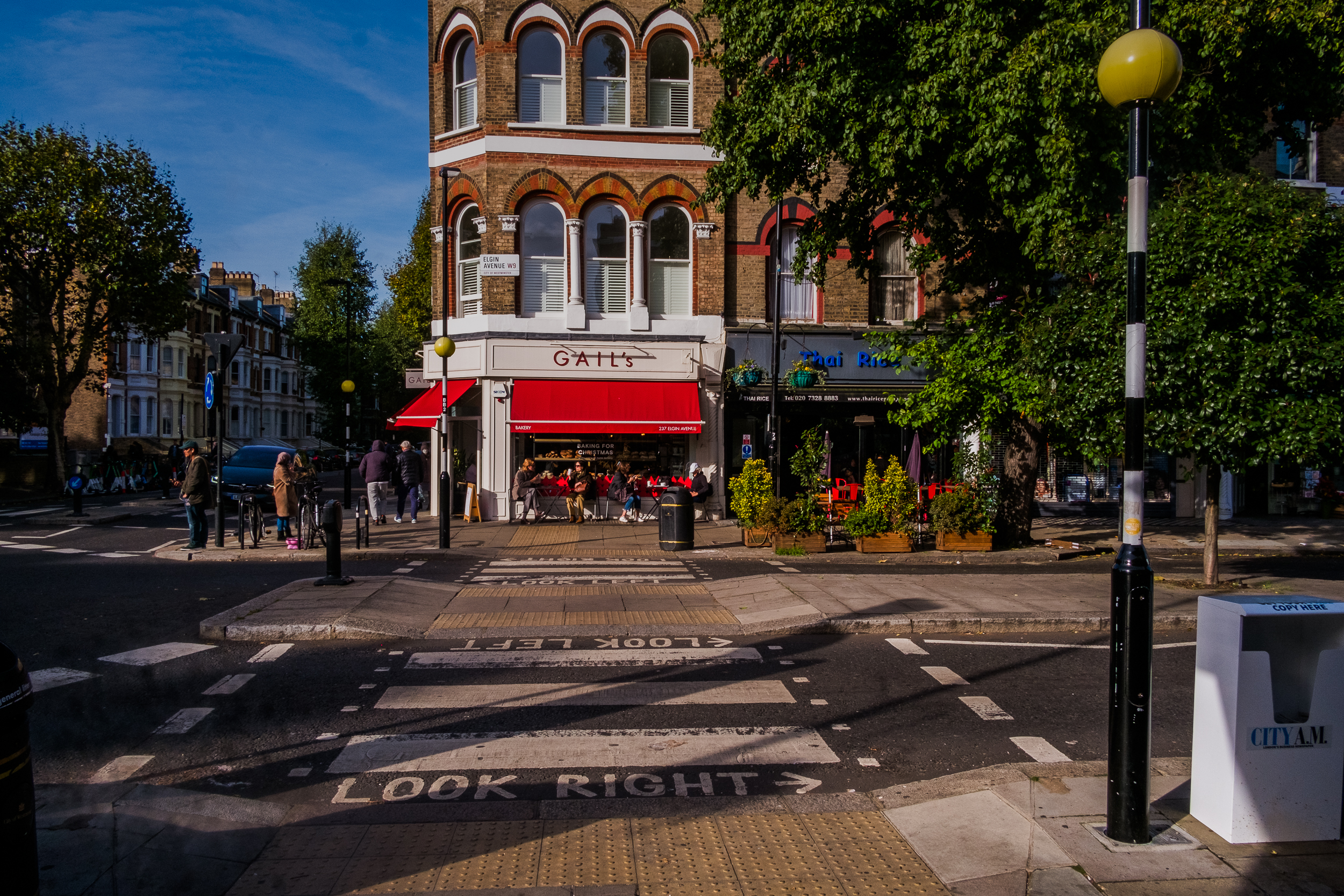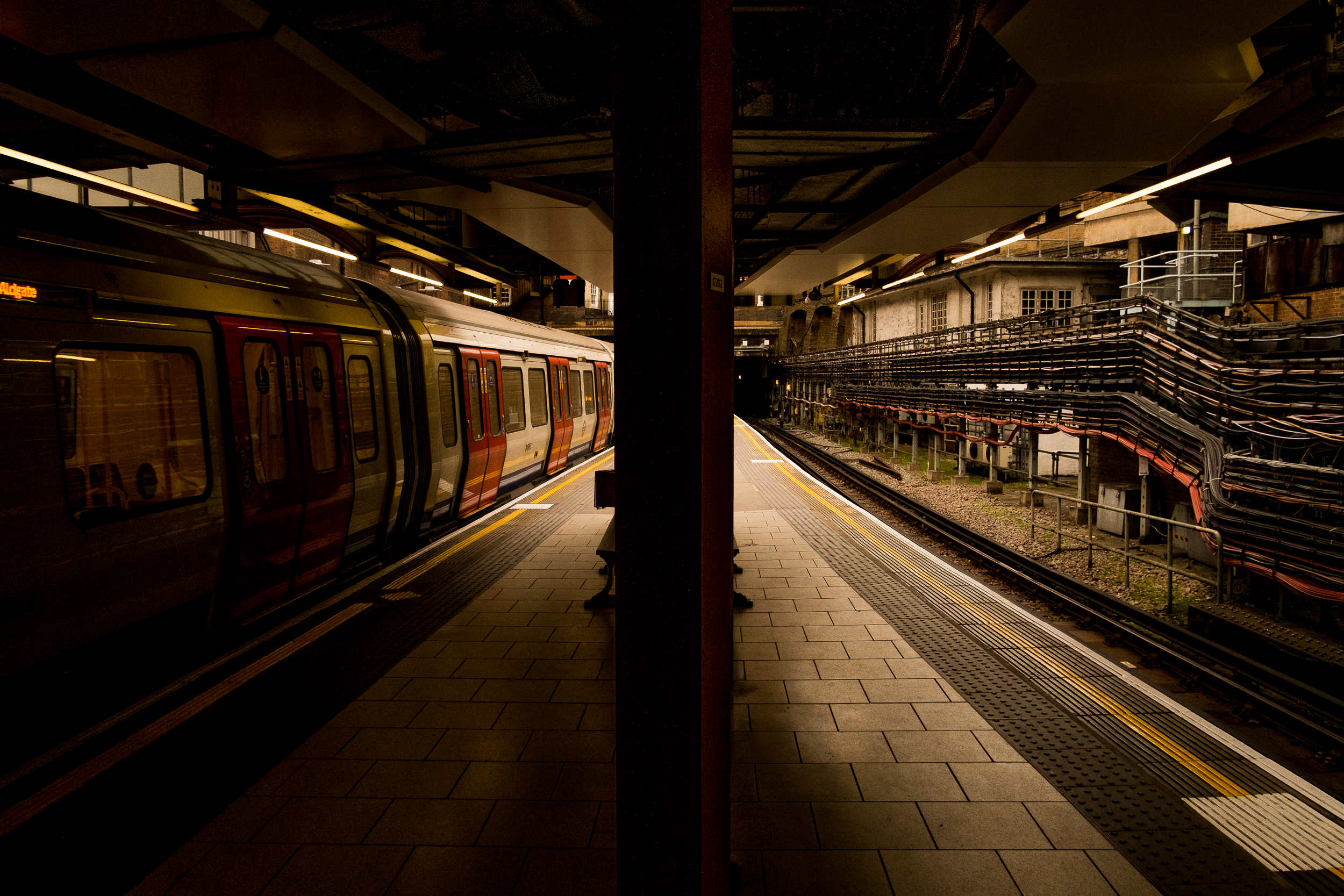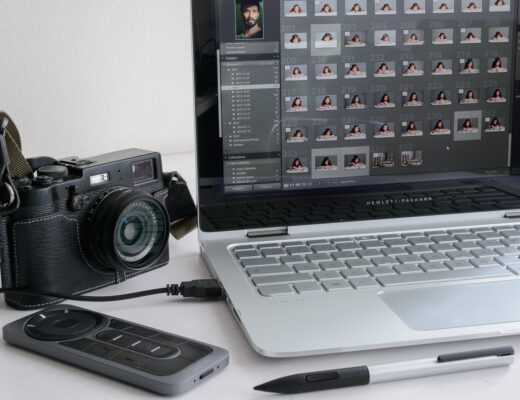I am very late to this conversation. Never mind – I am a quick learner!
Since its appearance in 2012, this camera has stood its ground in the face of astonishing developments, firmware upgrades, refinements and sheer technological progress.
I am astounded by everything that has happened and thrilled to be sharing my thoughts about this extraordinary imaging device.
I picked up a secondhand X-Pro1 about two years before the pandemic started. It took me a while to fully embrace it. My only challenge was forgetting what I had learnt from my X100T and X-T1. I was expecting the X-Pro 1 to behave in a manner to which I was accustomed.
The X-Pro1 has a different vibe altogether and it forced me into a new way of operating, thinking, feeling and responding. This camera slowed me down. When I use this camera, my entire state of being changes to a more contemplative, meditative state. Compared to my other Fuji toys, the X-Pro 1 is slow.
Getting this camera so late meant I did not experience any of the frustrations that came with it on its first release.
Once I upgraded the firmware, it responded perfectly. Nevertheless, I had to learn how to really use it because it just felt different to all the other cameras I have and enjoy using.
Only recently, I was having a conversation with my friend James about photography. That day, I was shooting a roll of film: Fujifilm Superia X-TRA 400. He remarked how solid my Canon A1 felt. I said, “That’s a proper camera. It would be really interesting if there would be a digital camera made that only had the following functionality: 24 megapixels, mirrorless, shoots RAW only, you can change aperture on the lens, ISO functionality right near the shutter button, a shutter speed dial, functionality to change white balance, focus scale on lens and on screen, film simulations to visually set intended look on final image after editing RAW file. Basically, a Fujifilm camera with the simple functions of the Exposure Triangle and nothing else.”
The more I thought about this, the more I realised the X-Pro1 comes really close to this ideal.
I went through the menu and turned off everything I don’t need.
My X-Pro 1 is now a fully manual operational digital camera. I set out to create that film shooting experience with this camera. This even means manual focusing because I set the focus switch to manual focus and use the AE-L / AF-L button to utilise back button focusing as a much faster way to lock focus. I have also turned off the image review screen.
For my metering mode, I fluctuate between multi and spot. More often than not, I have been shooting in spot metering with excellent results. Since I am shooting RAW, I leave my film simulation on Provia Standard, which is my baseline.
I set my white balance to Kelvin 4500. When I first got the camera, my white balance would’ve been set to Kelvin 5000. I found this to be too warm for my eyes and dialled it down to K4500. In editing the images in post, K4500 felt just right. Some days, I may like a specific image slightly warmer, but not too hot.
For zone focusing, I love the XF18mmF2. I set my aperture from f/5.6 to f/11 with a pre-set focus of 5.2m and I am good to go. This delivers sharp images with a gorgeous rendering.
I am preparing this article at a time of year when the Christmas Trees are arriving in my neighbourhood. The company who prepares the trees asked me if I would be their official photographer and document the selling of trees over the Christmas period. This has been great because I can explore many photographic disciplines throughout this project.
I use the original three lenses that were released with the X-Pro1: the XF18mmF2, XF35mmF1.4 and XF60mmF2.8.
I must be honest, Fujifilm JPEGs straight out of camera are gorgeous. So much so that they made me lazy. I hated wasted time sitting in front of a computer; I rather be out shooting.
However, as I said before, the X-Pro 1 slowed me down. I now enjoy editing the RAW files because they look stunning. The edited RAW files are simply gorgeous. I love how my images look. I feel a humanity in the rendering, if that’s even the right word. Humanity, texture, essence, warmth – these are words off the top of my head to describe how the images look and feel to me.
This has become my everyday camera, always using it with the three original lenses, changing them up based on my mood. The 18mm is getting a lot of play right now. I love this field of view because I only see out of my right eye. I am not blind, I just have poor vision in my left eye. So, my right eye does all the heavy lifting. I see wide and the 18mm is my normal wide field of view.
So, to wrap up this article, I love this camera. I love what it forced me to do and become in order to make it work for me. The fact that it slowed me down means I’m forced to see more, to see deeper and wider, to look for the narrative in the visual expression. If what I see doesn’t move me emotionally, I will not create an image. I look, I see, I feel and I create.
My experience in using the X-Pro1 over an extended period of time has really taught me the real craft of creating an image in manual mode. I think the mirrorless experience of seeing the exposure before creating the image is a game changer in the history of photography.
I dedicate this article to all the great image creators who shot on film. They were a walking talking light meter because they created images with no point of reference, all on film. They developed the confidence with no visual feedback that we enjoy today.
Nevertheless, being able to measure my exposure and set it exactly how I like it, has given me confidence in using my Nikon cameras. What I have learnt from the X-Pro1 has contributed to my photographic progress and maturity. The X-Pro 1 is a dream machine.
Thanks for reading!
All images in this article were taking using the X-Pro1 and these lenses for the following situations:
Wide scenery: XF18mmF2
Portraits: XF35mmF1.4
Close-up detail shots: XF60mmF2.8



























